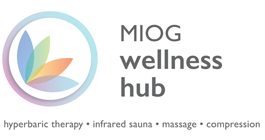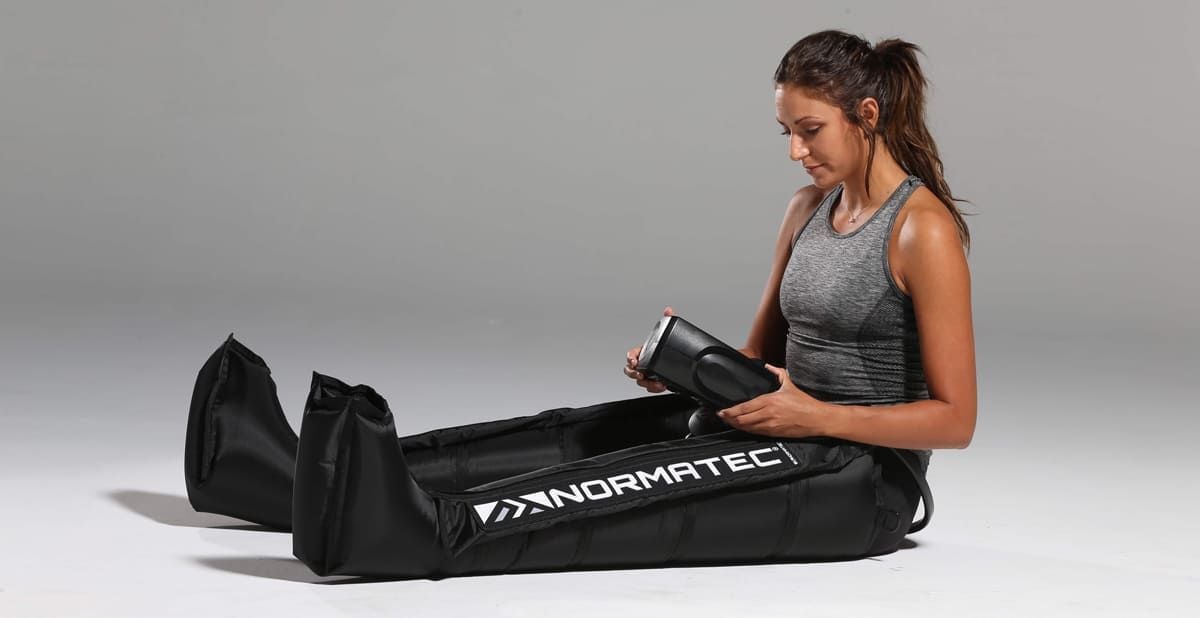)
Pneumatic Compression Therapy for Lymphoedema: An Effective and Essential Treatment
Lymphoedema is a chronic condition that affects millions of people worldwide, particularly those who have undergone cancer treatment. Characterised by the accumulation of lymphatic fluid, it leads to swelling, discomfort, and reduced mobility, often impacting the quality of life. One of the most effective treatments for managing lymphoedema is pneumatic compression therapy, a cornerstone in both the prevention and management of this condition. At MIOG, we offer advanced compression therapy with the NormaTec Compression System to help our patients regain comfort and control over the condition.
Why Pneumatic Compression Therapy is Effective
Pneumatic Compression therapy involves the use of specially designed garments that apply controlled pressure to the affected areas, typically the limbs. This pressure helps to:
- Improve Lymphatic Flow: Compression devices encourage the movement of lymphatic fluid, preventing it from pooling in the tissues and reducing swelling.
- Prevent Fluid Accumulation: By applying consistent pressure, compression therapy helps to prevent the build-up of lymph fluid, thereby minimising the risk of further swelling.
- Support Tissue Health: Compression helps to maintain the elasticity and integrity of the skin and underlying tissues, reducing the risk of complications like infections or fibrosis (hardening of the tissues).
- Enhance Mobility and Comfort: Reducing swelling through compression therapy can significantly improve mobility, making everyday activities more manageable and less painful.
Recent studies are now demonstrating the efficacy of using these devices to manage lymphoedema. A study conducted by Tastaban et al investigating the effectiveness of intermittent pneumatic compression (IPC) in managing lymphoedema in patients who had undergone breast cancer treatment found promising results in their test group. The study demonstrated that patients receiving IPC showed a significant reduction in arm volume compared to those receiving standard care alone. This reduction was particularly notable in patients with more advanced stages of lymphoedema. Additionally, participants reported marked improvement in symptoms such as heaviness, tightness, and discomfort in the affected arm, which contributed to better overall function and ease of daily activities.
In another study that compared IPC to manual lymphatic drainage (MLD) for the treatment of lymphoedema found that IPC was as effective MLD in reducing limb volume in patients. This suggests that IPC can serve as a viable alternative to MLD within a complete decongestive therapy framework. Now, why is this of significance? Well, patients in the study reported that IPC was a more convenient, and easier to use compared to MLD, which requires a practitioner with specialized training. This convenience may contribute to better adherence to the treatment regimen. Furthermore, the study notes improvements such as heaviness and discomfort, similar to the effects seen with MLD, indicating that IPC can effectively manage the day-to-day symptoms of lymphoedema.
How Often Should Pneumatic Compression Therapy Be Used?
The frequency of pneumatic compression therapy depends on the severity of the lymphoedema and the specific needs of the patient. Here are some general guidelines:
1. Initial Intensive Phase
- Daily Sessions: During the initial phase of treatment, patients may be advised to use pneumatic compression therapy daily, often for 30 minutes to 1 hour per session. This helps to reduce swelling more quickly and manage the fluid build-up effectively. This is particularly effective as post-surgery support.
- Twice Daily in Severe Cases: In more severe cases, or when significant swelling is present, some patients may need to use the therapy twice daily, especially in the beginning.
2. Maintenance Phase
- Regular Use: Once the lymphoedema is under better control, patients typically shift to a maintenance schedule. This often involves using the device several times a week, for 30 minutes to an hour per session, to maintain the reduction in swelling and prevent recurrence.
- Tailored Frequency: The exact frequency can vary based on individual progress, and patients may adjust their schedule in consultation with their practitioner. For example, if a patient notices increased swelling, they might temporarily increase the frequency of their sessions.
3. Long-Term Management
- Ongoing Use: For chronic lymphoedema, ongoing use of pneumatic compression therapy is often necessary to prevent the condition from worsening. Even if symptoms are well-controlled, regular sessions may be needed indefinitely.
- Combination with Other Therapies: Pneumatic compression therapy is most effective when combined with other treatments, such as wearing compression garments, performing lymphatic drainage exercises, MLD, infrared sauna and maintaining good skin care.
4. Guidance from Healthcare Providers
- Personalized Plan: It’s important for patients to work closely with their practitioners to develop a personalized treatment plan that optimizes the benefits of pneumatic compression therapy. Regular follow-ups can help adjust the frequency and duration of sessions as needed.
Managing lymphoedema often requires a multi-centred approach. While pneumatic compression has been shown to be effective, we highly recommend combining this with regular infrared sauna’s, MLD and exercise for optimal results. If you or someone you know could benefit from compression therapy, don’t hesitate to reach out to our team. Together, we can develop a personalised treatment plan that brings relief and improves quality of life.
You can read more about our other services here, or to book your first compression session click here.


)
)










Tags: